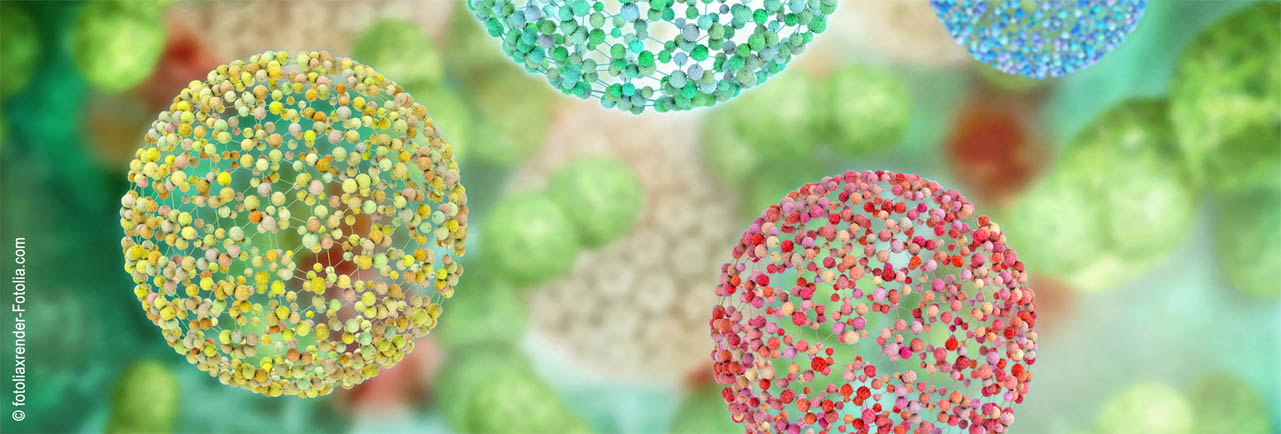Speaker
Description
Balthazar DESBONS,1 Benjamin LE DROUMAGUET,1 Catherine AMIEL1, Alesya MIKHAILOVSKAYA1
1 Univ Paris Est Créteil, CNRS, ICMPE, UMR 7182, 2 Rue Henri Dunant, Thiais F-94320, France
Emulsions are complex and non-stable biphasic systems composed of droplets of one phase dispersed in another, the continuous one. They have been so far implemented in different industry sectors such as cosmetics, food industry, to cite but a few. Their stabilization is of fundamental interest depending on the field of application [1].
Herein, we propose to investigate the influence of host-guest complexation at the oil-water interface between two emulsifying copolymers on the emulsion stability. To this purpose, two copolymers have been designed by controlled radical copolymerization in order to get fine-tuned control of molecular weight and copolymer amphiphilic behaviour: i) one presenting β-cyclodextrin pending chains and soluble in the aqueous phase, and the other one bearing adamantyl pending groups soluble in the organic phase. The adamantane-containing copolymer has been successfully synthetized, and the synthesis of the water soluble β-cyclodextrin-bearing copolymer is currently in progress in the laboratory. Both copolymers were synthetized by Reversible Addition-Fragmentation chain Transfer (RAFT) polymerization [2] for a fine-tuned control of molecular weight and copolymers amphiphility. The copolymers were characterized by 1H NMR, ATR-FTIR spectroscopy and SEC analysis. The incorporation of adamantyl and β-cyclodextrin groups on the copolymer backbones were notably investigated by 1H NMR and ATR-FTIR spectroscopy to finely determine the grafting of host and guest motifs on the copolymers.
We then studied the influence of different structural parameters of the couple of involved complementary copolymers and their concentration over the emulsion temporal evolution. We notably demonstrated that emulsions containing complementary copolymers.
Reference:
[1] F. Ravera, K. Dziza, E. Santini, L. Cristofolini, and L. Liggieri, ‘Emulsification and emulsion stability: The role of the interfacial properties’, Adv. Colloid Interface Sci., vol. 288, p. 102344, Feb. 2021, doi: 10.1016/j.cis.2020.102344.
[2] S. Perrier, ‘50th Anniversary Perspective : RAFT Polymerization—A User Guide’, Macromolecules, vol. 50, no. 19, pp. 7433–7447, Oct. 2017, doi: 10.1021/acs.macromol.7b00767.

